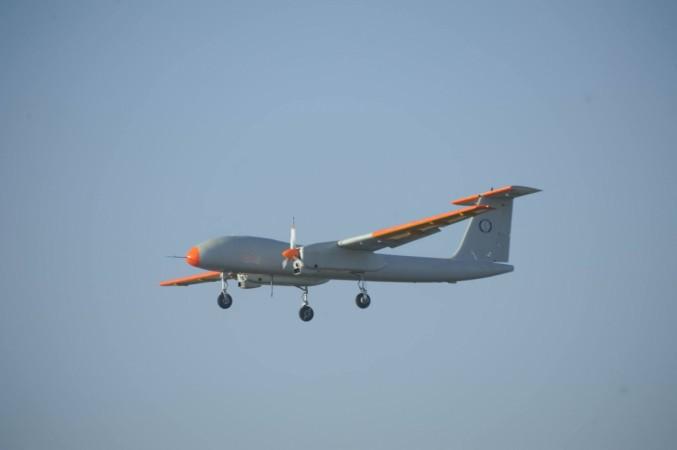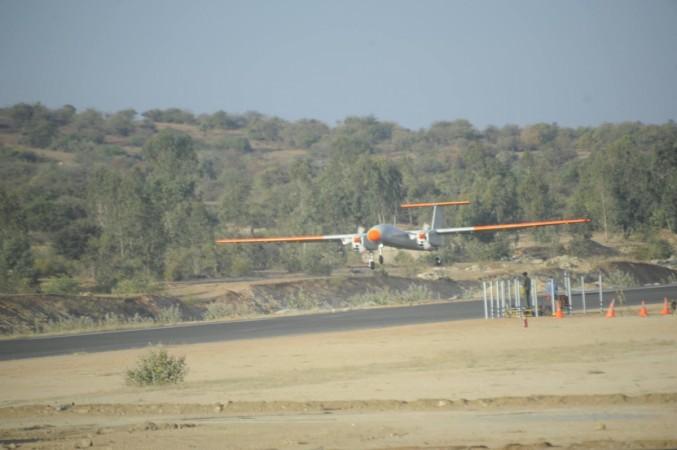
The successful first flight of the two-tonner indigenous Unmanned Aerial Vehicle (UAV) platform Rustom-II aka TAPAS 201 on Wednesday has brought cheer among the defence community and the UAV's developer Aeronautical Development Establishment (ADE).
The Defence Research and Development Organisation (DRDO) said the flight testing "heralds a new era" for the indigenous development of UAV.
The UAV has been in development for some time now and is set to pose a serious challenge for the US and Israeli companies that have been selling India its UAVs. Rustom-II is a Medium Altitude Long Endurance (MALE) UAV with multi-mission capability and endurance of 24 hours. It has been developed to cater to the role of intelligence, surveillance and reconnaissance (ISR) for all the three armed forces, according to a statement from the DRDO.
Further, the platform has the ability to carry different combinations of payloads like Medium Range Electro-Optic (MREO), Long Range Electro-Optic (LREO), Synthetic Aperture Radar (SAR), Electronic Intelligence (ELINT), Communication Intelligence (COMINT) and Situational Awareness Payloads (SAP) to perform missions during day and night.
Following the full taxi trials in 2013, the DRDO tested the platform from newly developed Aeronautical Test Range (ATR) in Chitradurga, Karnataka. The ATR has been developed with the sole purpose of being the test range for UAVs and UCAVs in India.
Bengaluru-based HAL-BEL is the production partner for Rustom-II. It also becomes the first R&D prototype UAV that received certification and qualification from Centre for Military Airworthiness & Certification (CEMILAC) and the Directorate General of Aeronautical Quality Assurance (DGAQA) provided for the UAV for its flight testing.

The public sector research organisation has tied up with private industries for making some of the critical systems like airframe, landing gear, flight control and avionics sub-systems, thus contributing towards government's pet Make-in-India initiative.
Another important thing that the statement notes was that the platform was piloted (external and internal) by pilots from the armed forces.
Before the User Validation trails, this platform will have to undergo more trials for validation of the design parameters.
Indian armed forces are planning to induct over 5,000 drones with various capacities and payloads. India is seeking US Predator B Guardian drones for the Indian Navy, which is likely to be heard during the upcoming visit by US Defence Secretary Aston Carter to India. India is also eyeing several armed drones from Israel, Heron TPs.
Apart from the reports stating that India is also seeking Predator Avenger drones, which come armed with hellfire missiles, the Rustom-II is expected to have an armed version too in future.
"DRDO's 'Rustam' UAV first flight is a great milestone indeed. It is meant to replace the Israeli 'Heron' in all three armed forces one day. The future of aviation is unmanned. Indian Air Force uses them for laser guidance, battle damage assessment in addition to ISR functions," said Air Marshal Anil Chopra (retired) to Sputnik.













